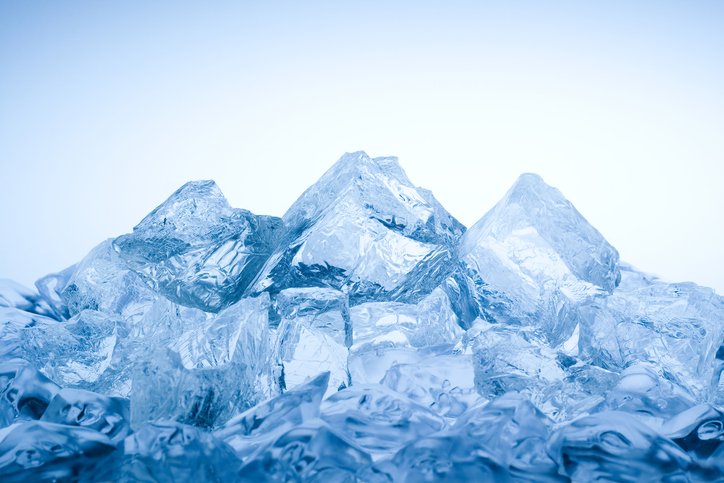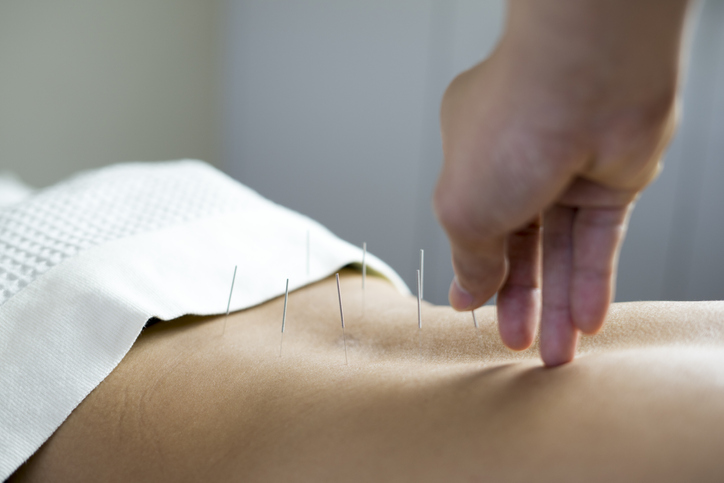Treatments
6 Techniques for Cold Therapy

What is temperature therapy?
Temperature therapy involves the use of heat or cold to reduce pain. Heat therapy relaxes stiff joints and muscles; whereas, cold therapy numbs acute pain and reduces inflammation. Switching between heat and cold therapy can help reduce certain types of pain.
Cold therapy
Cold therapy is used to decrease blood flow to a targeted area by constricting blood vessels. This can reduce inflammation and swelling, particularly around a joint or tendon. To avoid skin, tissue or nerve damage, cold therapy should not be used more than 20 minutes at a time, several times each day. A cloth or towel should always be placed between the skin and cold source.
Techniques for cold therapy
There are various ways to use cold therapy. They include, but are not limited to, the following:
1. Homemade ice pack

Make a simple ice pack using ice cubes and a ziplock bag. A bag of frozen vegetables, peas or corn works best, conforms well to any body part. Add a towel to place between the ice bag and skin to prevent damage.
2. Cold compress

Soak a washcloth or paper towels in cold or ice water. Wring it out and apply it to the painful area.
3. Coolant sprays

These provide topical pain relief and can be used anywhere. They are fast-acting and may provide long-lasting relief. Coolant sprays often contain menthol to soothe.
4. Cold tub

Take a cold or icy bath. If this is too uncomfortable, soak only the affected area in cold water. Make sure the water is not too icy, and avoid staying submerged for too long.
5. Chemical cold pack

With a single squeeze, the chemical cold pack will become activated to provide relief to the affected area. They only last about 30 minutes, but work to reduce swelling and decrease pain.
6. Ice massage

To reap the benefits of an ice massage, massage the affected area for seven to ten minutes using either an ice cube or an ice cup. To make an ice cup, fill a paper cup approximately two-thirds to the top and place it in the freezer until it is solid. Then use this giant ice cube to massage the affected region.
Warnings
Be aware of the amount of exposure time between the skin and ice. Never leave a cold pack on the affected area for more than twenty minutes at one time. If hives develop or the skin begins to turn purple, it is likely that ice has been in one area too long.


















